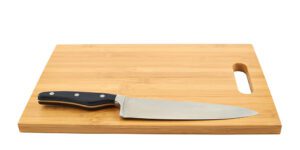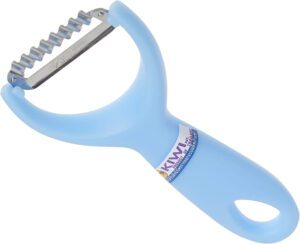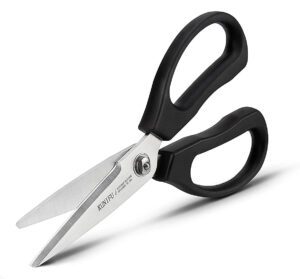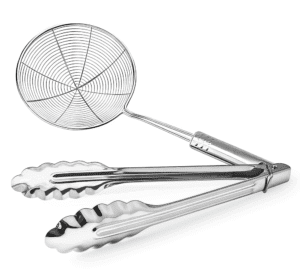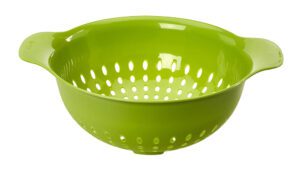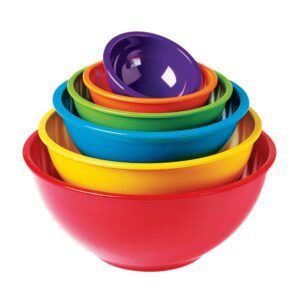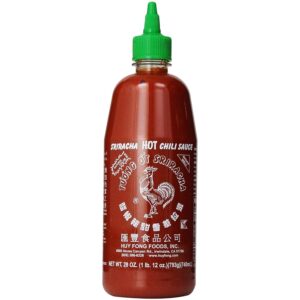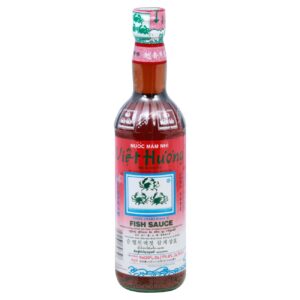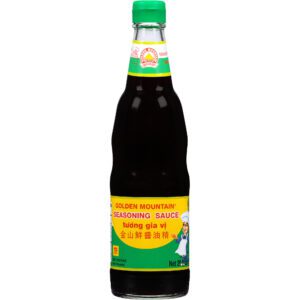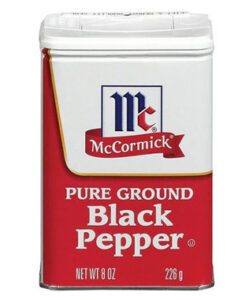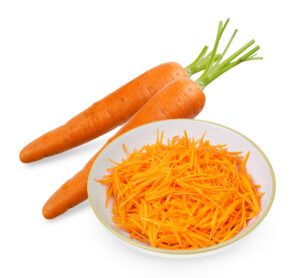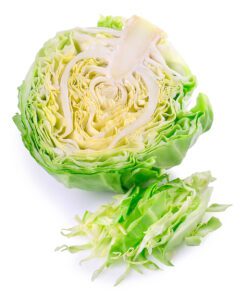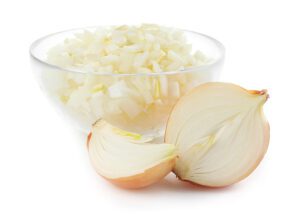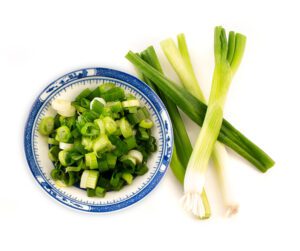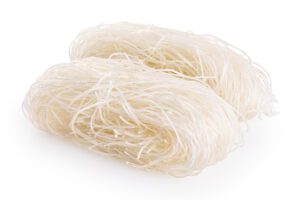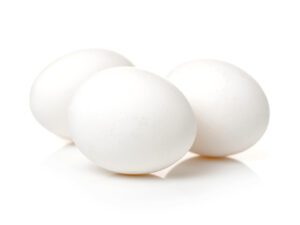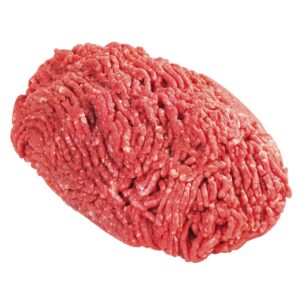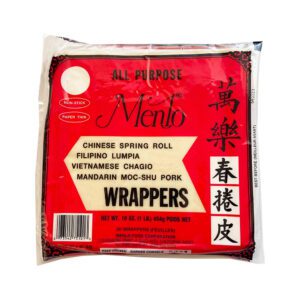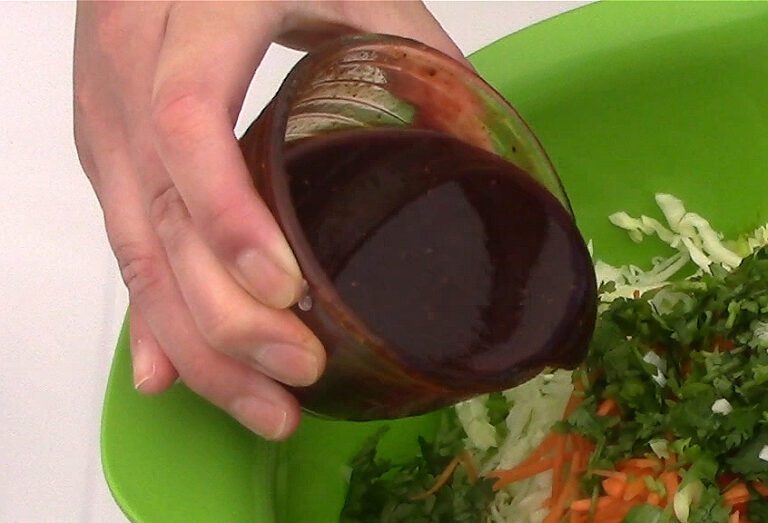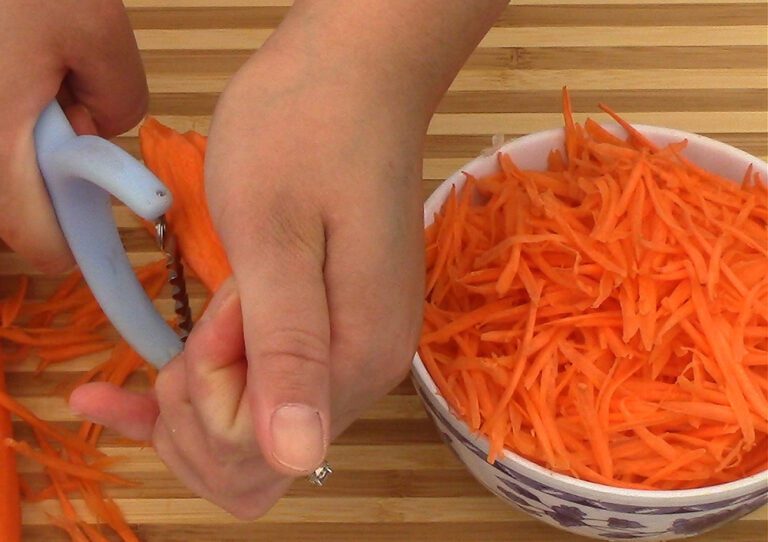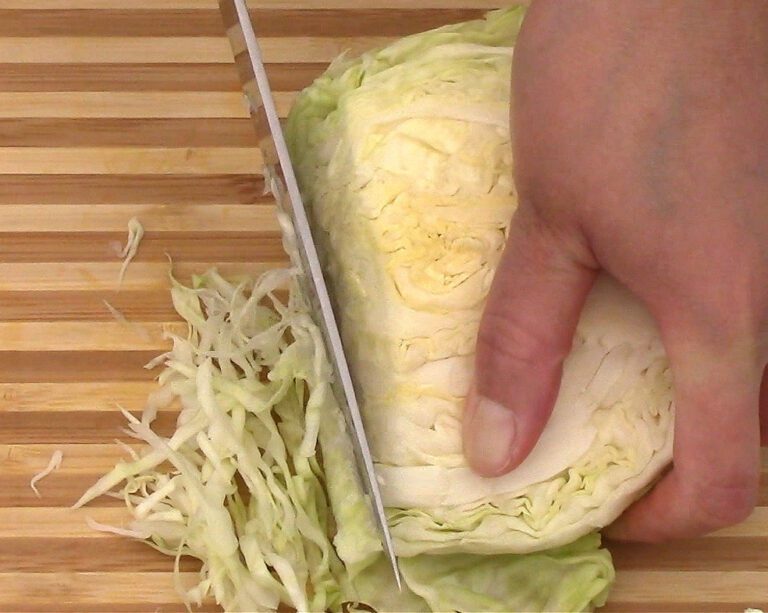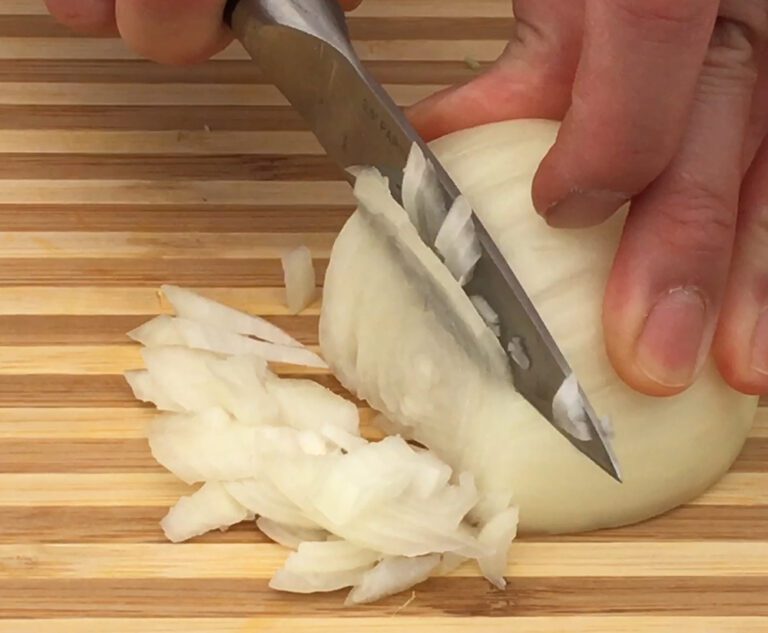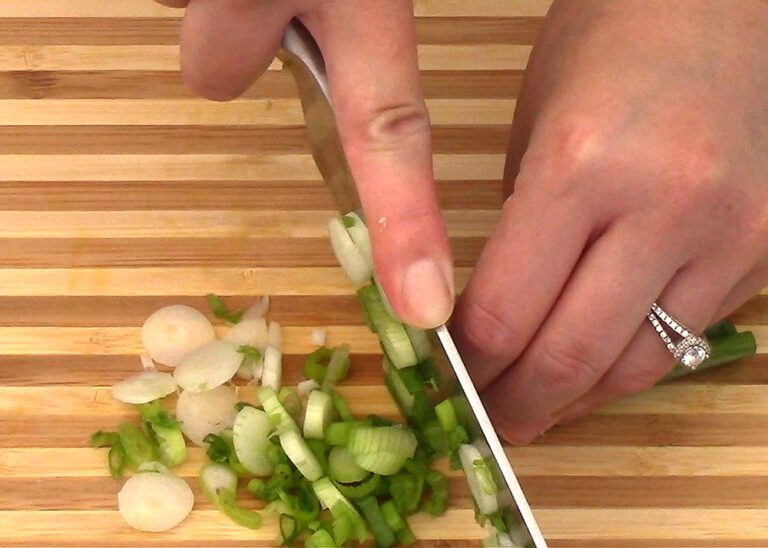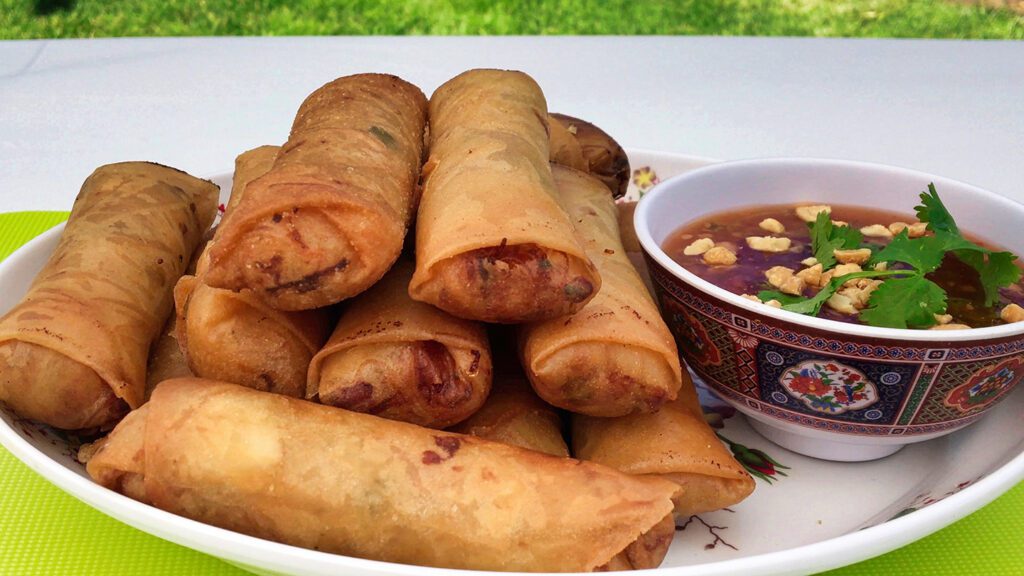Egg rolls are one of the the most iconic finger foods you will find at just about every East/South East Asian restaurant. They make for great appetizers, but you can fit them into any course of your meal. Egg rolls are one of my favorite dish to make as they are usually the staple of all Hmong family gatherings and they are always highly requested.
In this recipe I will guide you how to make delicious, crispy egg rolls that you can easily make for your next event. This is my version of this global phenomenon and I hope you enjoy it!
- Makes about 30 egg rolls
- Extra Mild
- Disappears quick! You should make a lot 🙂
Peparations
Seasoning Sauce
The season sauce is the heart of this recipe yet the easiest to put together. Grab a small bowl and add these ingredients into it:
- ⅓ cup of Sriracha hot sauce.
- 2 tablespoon of fish sauce.
- ⅓ cup of seasoning sauce.
- ¼ cup of oyster sauce.
- 1 tablespoon of ground black pepper.
Mix them well and set it aside for later.
- The fish sauce is the salt source. Avoid using salt minerals.
- Make sure not to use soy sauce in this recipe as it will overpower everything.
The Filling
Boil a medium pot of water and place in 6 packs of noodles, then set the heat to medium.
The noodles should be cooked within a minute or so. If the noodles still have some white spots continue to let them cook and check every few seconds. If they are transparent all the way through then they are ready.
- Do not overcook the noodles by leaving them in the pot for too long. They will become too soft and make the egg rolls soggy.
Strain the noodles with a strainer or colander. Then transfer them into a large bowl. Using a kitchen scissor, loosely cut the noodles so they are easier to handle and wrap though do not cut the noodles too short.
Let the noodles sit and cool down for about 10 minutes before mixing.
- Not cutting the noodles will make mixing and rolling much more cumbersome.
- Allowing the noodles to cool down will prevent your hands from getting burned while mixing.
Mixing the Filling
Pour all the vegetable ingredients into the bowl of noodles.
Pour in the seasoning sauce.
Start mixing thoroughly with a little bit of gentle tossing until the noodles turn into a golden-brown color. Try not to miss any patch areas.
- You can taste the filling to see if you want to add a little bit more seasoning to it. However, make sure you do not add the raw meat before you taste test to prevent getting sick.
Add in 1 pound of ground pork into the bowl and mix it thoroughly. For this part, I recommend using your hands so you can break apart the meat easier if they clump up.
Continue mixing until the meat turns golden-brown and is distributed evenly.
- Pork is the meat of choice for egg rolls due to its taste and texture.
- Substituting the pork with chicken or beef will require modifications to this recipe.
Wrapping
There are a few ways to wrap egg rolls but I’ll show you the proper way to avoid pitfalls such as cracks, breakages, and falling apart during the cooking stage.
Use 8×8 inch wraps and have it thawed before working with them. You can start peeling once they’ve become damp.
I love using this Menlo brand because it has the best texture and thickness for this recipe. You can use a different brand to your liking though just make sure it isn’t too thick.
- Don’t let the wrap dry up too much or they’ll become stale and break easier.
Starting from a corner and peel each layer gently to reduce tearing. If a layer is stuck with the one below it, carefully and slowly peel it until it is unstuck.
Only peel enough to work with or else they will dry out by the time you reach the last few (usually based on how quickly you wrap).
- You may get some tears here and there, but if they are small enough the wrap can still be used.
- If you wraps aren’t thawed all the way to the center, you’ll run into tears.
- Not all wraps are created equal. Some packs might come damaged and causes the wraps to bend and warp. If a wrap can lay flat with minimal warping then it can still be used. If it is too deformed I recommend not to use it.
- If the edges are dry and crumbly simply tear or cut it off.
Using a 4 ounce disher, scoop the filling loosely. If you don’t have one on hand try to get about the same amount you see in this picture.
Line up a wrap so the pointed end is facing you. Place the filling on the wrap behind the imaginary center line shown in red.
- Don’t pack the filling in the disher and let it overflow a a bit.
- Sorry, I don’t have an exact measurement for this one so you’ll just have to eyeball it.
Roll the wrap over one more round until you have a small flap at the end.
Get 1 whole egg and separate the yolk from the white. Whip the yolk in a small bowl thoroughly to be used to seal the wrap.
Dip your finger in the yolk and spread it along the flap then roll the wrap one last time to seal it.
And that’s a wrap! 🙂
Now just repeat this however many times until your filling runs out then off to cooking.
- From my experience, people tend to have the most difficult time with wrapping. It does take a little bit of practice (and patience) to get consistent shapes.
- The filling-to-wrap ratio is extremely important. Too much filling and the egg roll will crack while frying, whereas too little will make the egg roll chewy.
Cooking
For small batches I like to use a large, deep frying pan just because it’s easier to set and clean up. You can use a deep fryer if you prefer.
Fill the pan with vegetable or canola oil enough to submerge the egg rolls.
Set the heat to high until the oil start to simmer.
- Avoid using olive oil for frying egg rolls.
- Avoid using old, left over oil as it will greatly discolor the egg rolls and increases the chances of charring them.
Carefully place in the egg rolls one by one to avoid splash and injury. If you’re not comfortable using bare hands use a tong instead.
Work in batches. Place only a few at a time, about 6-7 egg rolls, so they don’t overcrowd and are easier to handle.
After you place in the first batch, turn the heat down to medium. If you work in high heat you risk overcooking the wrap before the filling has its chance to fully cook.
- Avoid using olive oil for frying egg rolls.
- Egg rolls take several minutes to cook but don’t leave them out of sight for too long.
Place the egg rolls on a heavy-duty paper towel for a few minutes to soak up the excess cooking oil.
Before you start your next batch, make sure to check the cleanliness of your oil. Use a metal skimmer to fish out any residue and charred flakes that may be floating around.
For big batches you might need to filter your oil or completely replace with a new pour.
- Dirty oil will make your egg rolls look dirty, spotty, and potentially taste charred.
The shell should be crunchy on the outside and soft on the inside like this. Make sure to let it cool down a little bit before biting into it as it is extremely hot right off the pan.

